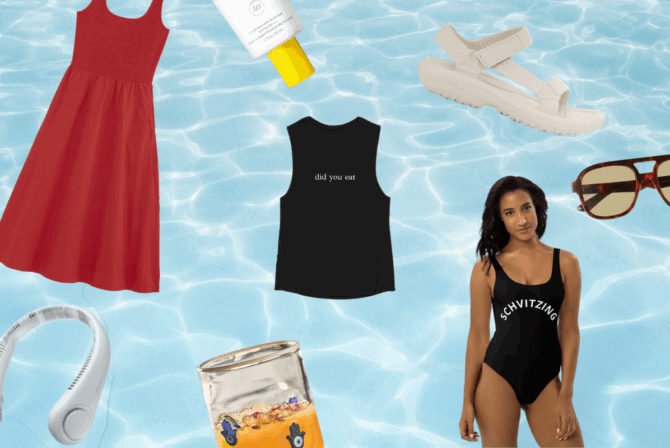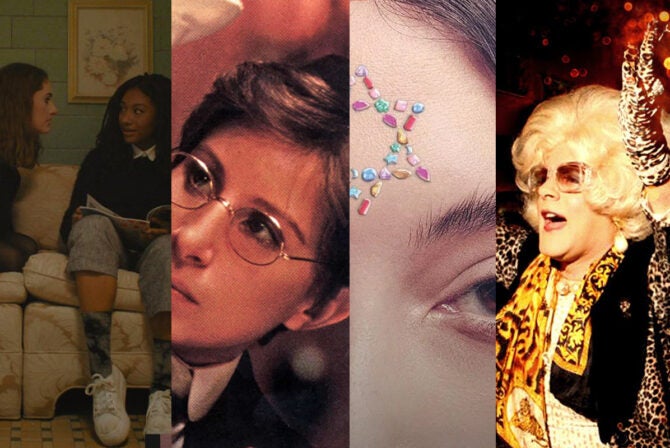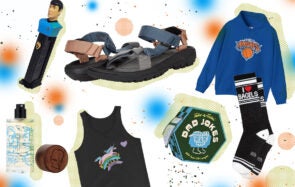Since I’m a professional personal organizer, people always want to know, how do you keep toys and kid stuff organized?
Well, you don’t. You can try, but it is an uphill losing battle. *SIGH*
The battle against clutter is ongoing in my house, and it probably won’t end until my kids move out. I have accepted this, but in the interim, when they do move out, I want them to have the skills to keep their homes organized, so I teach them the following:
1. Every time they ask me to buy them something, I ask them: Do we need it, do we have something similar, and maybe, can we borrow it from someone else? I also ask them to hold off for a week, and if they still need it then, we can reconsider.
2. When we are offered freebies, I ask them: Do we really need this stuff, or will it just end up in the trash? Usually they say trash and can move on; if they don’t I allow them to take it. When it finally breaks, usually after a week, and they need to chuck it, I remind them, “Just because it’s free doesn’t mean you should take it, if it will just end up in the trash.” I use the most yenta voice I can muster.
3. I ask family to give them experiences instead of gifts, and it is working. They really remember the time spent together and cherish it, and don’t seem to miss the toys, games, and crap.
4. When they do get gifts, something has to go. We donate used toys to battered women’s shelter, or to the local kindergarten, or to a lady we know who organizes used toy drives for needy kids. This is rewarding for them, since they feel like they are giving their own personal tzedakah (charity). Sometimes, my kids even set up a table outside our house and sell the toys for cheap and save the money for something big that I’m not willing to buy them—this also feels rewarding for them!
5. In their rooms, since we don’t have a play room, they each have a set of Trofast shelves from Ikea. These are great because the baskets come in a few sizes and the layout of the baskets can be changed; they also have shelves. Barbies in one basket, dolls in another, and My Little Ponies in a third. The bins are great for cleaning up, and I don’t bother to label them since she often changes how she sorts them herself.
6. Of course, the most pressing problem with kids is laundry. I try to get them to undress at the hamper, or even at the laundry machine. This way, when the machine is full, I just run it!
7. They don’t have a ton of clothing, which helps keep their closets organized. Just a pair of school pants (and skirts), uniform shirt for each day of the week, two outfits for synagogue, a few causal non-school shirts, a school sweatshirt, a regular sweatshirt, and a sweater. Oh, and socks and underwear, around eight of each for each kid. Not having a lot of clothing means that everything gets worn a lot, and is usually worn out by the end of the year and ready for recycling. That means nothing to sort, organize, buy bins for, or find a space to store it. By not having much, they value what they do have a lot more, they are not wasting resources, and they can put their own clothing away without toppling the piles of clothing each time.
Teaching these skills can at time be an uphill never ending battle, but after years of effort, I am really starting to see a pay off. My kids are learning to value what they have, value the environment by not taking/buying what they don’t need, and because we don’t spend as much time chasing them to clean their rooms, we have taught them how to clean the toilets—and that has made all the difference.
Read More:
Dad Dresses as a Fairy Princess for Daughter in Moving Ad
When My 8-Year-Old Daughter Transitioned to My Son
Boy with Down Syndrome Wins Major Modeling Contract







